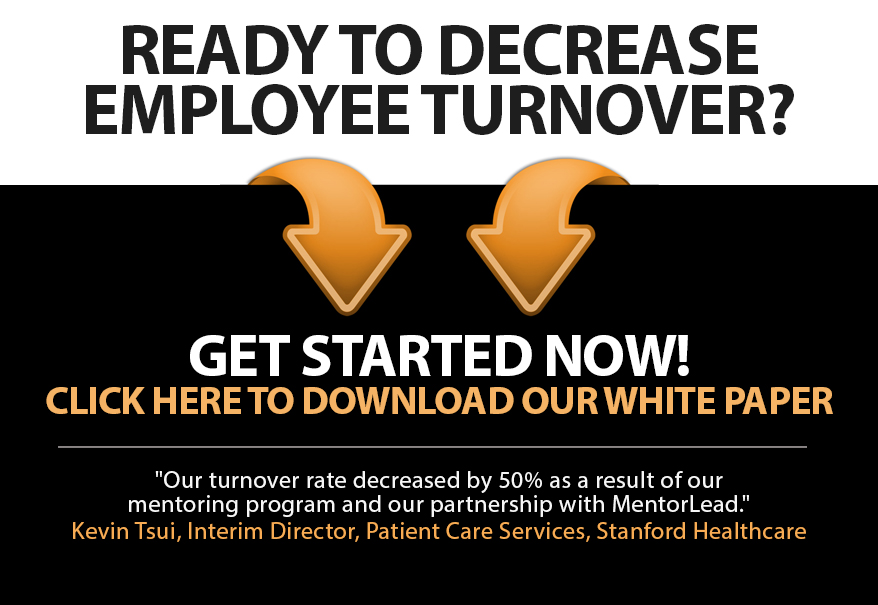
[Flash] Unlearn Non-Creative Behavior (and Invest in Imagination like Shark Barbara Corcoran)
As Shark Tank investor Barbara Corcoran remembers, she didn’t do well in school. But her mother always celebrated Barbara’s wonderful imagination.
When a teacher once told Barbara she’d always be stupid, her mother said, “Don’t worry about it! With your imagination, you’ll learn to fill in all the blanks!”
Always curious how far she could go in life with that imagination, Barbara launched her real estate firm in 1973 with a $1,000 loan. To generate leads, she created a quarterly report of real estate data trends called The Corcoran Report... because no one else did. She mailed it to The New York Times which published it, affording her instant credibility.
Barbara sold her firm in 2001 for $66 million and became an investor on the television show Shark Tank.
In her words, “It’s not that I was great at real estate. I’m just really great at marketing.” That’s her creativity at work!
Creativity Research
In 1968 systems scientist George Land, Ph.D. conducted a research study to test creativity in 1,600 children at age 5 and again at ages 10 and 15.
He discovered that their creativity plummeted from 98% creative at age 5 to 12% creative at age 15.
His conclusion: non-creative behavior is learned.
Likewise, psychologist Louis Mobley launched the IBM Executive School to ignite innovation in leaders. His approach: creativity is an unlearningprocess, not a learning process.
So how can we unlearn our own non-creative behavior?
- Ask radically different questions
- Question assumptions
- Self-knowledge (become aware of those assumptions!)
- Grant permission to be wrong
- Surround ourselves with creative people
- Play games, solve riddles, tackle puzzles
- Experiment, explore, experience
- Celebrate imagination!
We don’t need to learn to be creative – we already are! We just need to unleash that superpower from years of atrophy.
![]()







